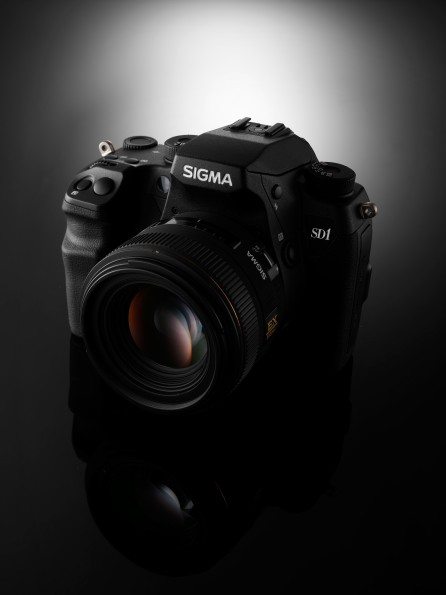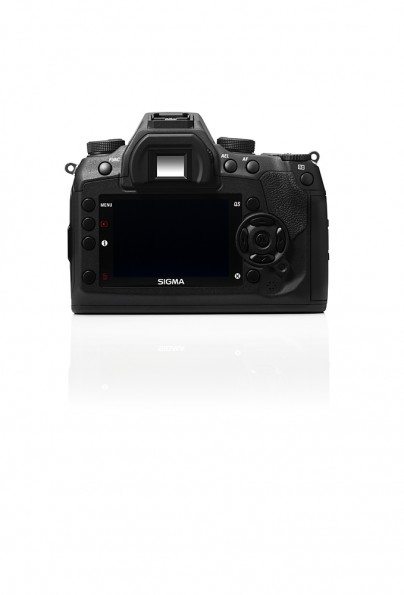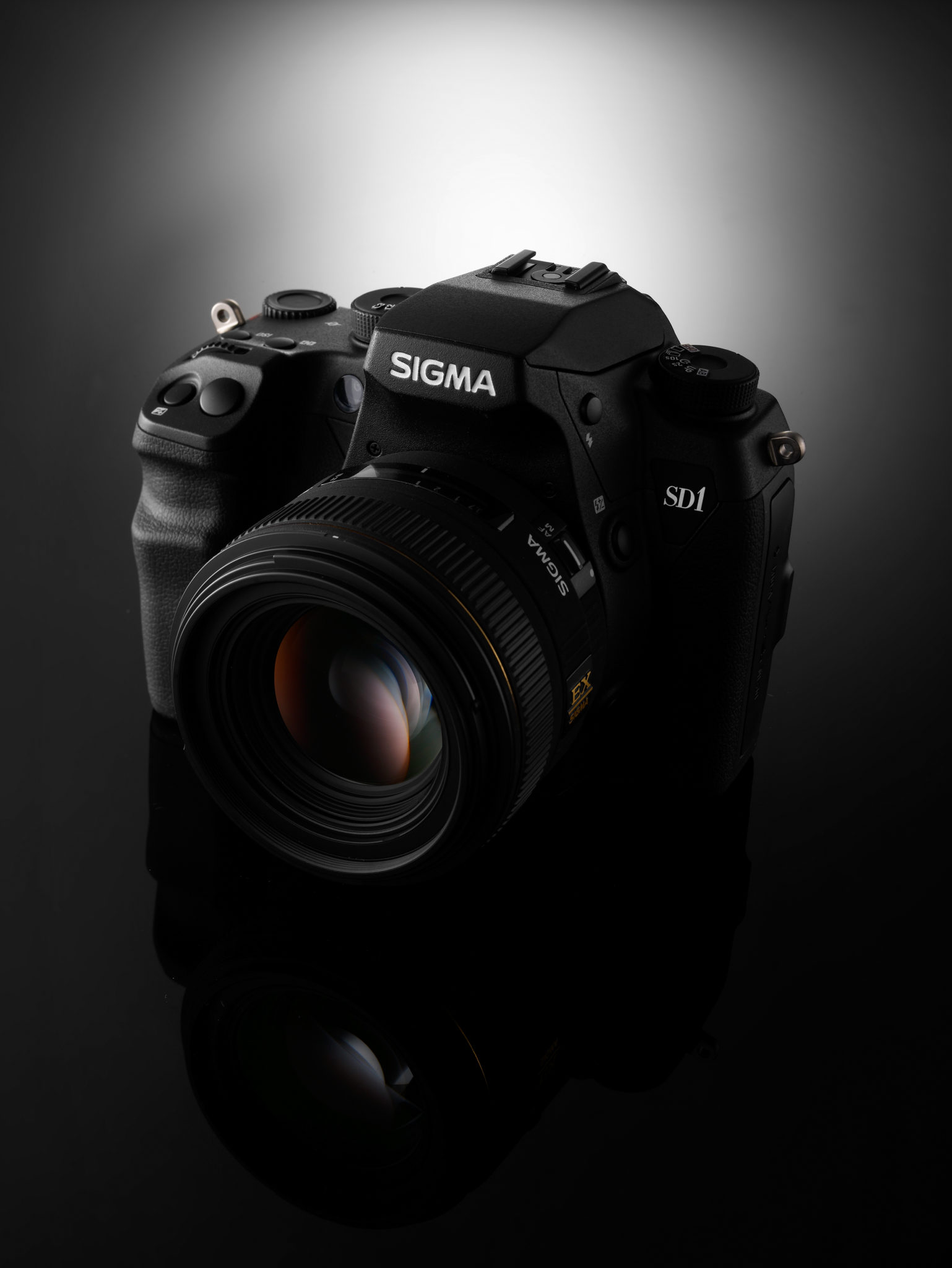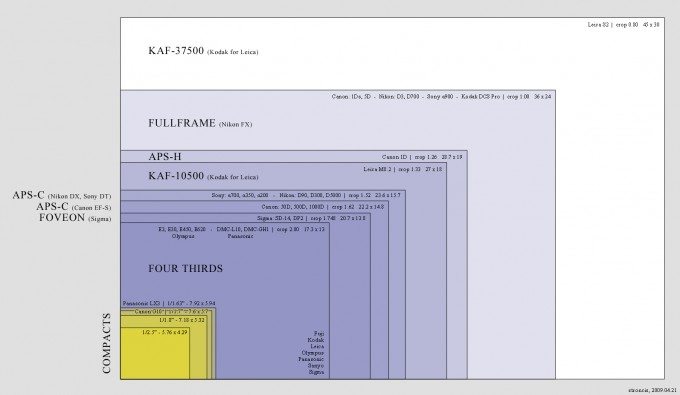
With the SD1 becoming available in early June we’ve just received some more detailed information about this new offering from Sigma. The really groundbreaking aspect of it is its’ Foveon sensor. With the Foveon each pixel captures Red Green and Blue signals simultaneously instead of separate pixels dedicated to each channel and interpolating that data later. The result is a whopping 40MP image and the claim is that you gain greater color fidelity and less color noise. The questions are two-fold. First, will this be true, and second, will it have a market?
How much will it cost?
When the SD1 comes out in early June the MSRP will be $9,700 for the body only. This prices it well above the top offerings from Nikon and Canon, right around most affordable medium format options such as the Pentax 645D and the Mamiya 645DF Kit, and well below Hasselblad’s most inexpensive offering. I’ll get to why this is significant, but for the moment I’ll leave it to the simple fact that it is out of range for most photographers, and those that are looking to spend that kind of money know exactly what they’re looking for and why.
How about that sensor?
Most digital sensors alternate between Red, Green and Blue pixels. When the engine processes it the data is interpolated into the final image. The algorithms are much more complex than that but the very simplistic way of thinking about it is your red pixel gets blue and green added to it from the nearest sensor pixels and so on. When things get complicated for the camera you end up with pixel garbage, typically in low light, high ISO or long exposure situations. Cameras have gotten much smarter in dealing with this, but it still exists and raises its’ ugly head from time to time, leaving us to deal with it in post processing. The Foveon sensor claims to solve this by stacking sensors on top of each other, each dealing with a single color channel. This results in each pixel containing all three channels and removes the need for interpolation. It’s a great idea, and what got me excited about the camera in the first place.
Fuzzy math
Here’s where the fuzzy math comes in. Everyone does it, but this is particularly suspect. Each of the sensors are 15MP stacked on top of each other. Combined they offer 46MP of data to work with, but all on the same pixel positions. Therefore the original image is really 15MP of pure RGB data. If this gave you a 15MP image that would be quite impressive, but they’re advertising it as 46MP effective with a 44MP image. Thus they’re interpolating their data just like everyone else is. This explains why they’re claiming it as a 46MP camera while others are saying 15. I will have to wait for a chance to test it before I can judge, but my guess is it will be significantly better than a 15MP camera but not as good as a 40MP one.
Sensor size
Okay, here’s the part that really bugs me. If you take four cameras that are all 12MP and one is a compact with a 6x4mm sensor, the second is an APS-C sensor at 22x14mm, the third is a full frame at 36x24mm and the fourth is a medium format sensor at 44 x 33 mm, how does that happen? Well the pixels are different sizes. That’s why—aside from the fact that you tend to have more control on the cameras with bigger sensors—you end up with a better image even at the same megapixel quality. You can look at Megapixels (the amount of data captured) all day, but what the manufacturers would prefer you don’t pay much attention to is the quality of that data (sensor/pixel size). The Sigma uses an APS-C size sensor (23.5×15.7mm to be exact) which is comparable to a Canon 7D or a Nikon D300s. Since it’s basically stacking sensors I’m quite sure it creates better quality than those, but I have a hard time convincing myself that this could equate to a 44x33mm sensor.
Glass
Plenty of photographers will claim it’s not about the camera it’s about the glass. I’m not going to get into that argument but the quality of the lens you put on your camera is certainly important. Sigma has come a long way in the quality of their lenses and has improved their reputation from a day when people that understood quality wouldn’t use them, but I still believe the fact that the SD1 only uses Sigma lenses will hurt them. It would take a lot before I consider their lenses on the level of Mamiya, Hasselblad, (true) Zeiss or even Nkon or Canon.
The Body and other details

The format of the body is of a compact DSLR – like a 7D or a D300. It’s lighter than either of those and that’s nice. For an additional cost you can add on a vertical grip (but at that cost shouldn’t they throw it in?). It will take CF cards, but only type I, and only has one slot. It has a built-in flash. It has 11 AF focus points. To connect to the computer it provides USB 2.0. Do these specifications sound familiar to you? Then you’ve probably been looking at bodies around the $2-3k range.
What do I think?
In the earlier days Fujifilm came out with their Super-CCD. It used octagonal pixels interpolated with smaller square pixels to create a higher resolution more natural pleasing image. They claimed their sensor created a 12MP image from what was essentially two 6MP sensors. The pundits claimed it was a 6MP image interpolated to 12MP. I shot with these bodies for years, my last one being an S3. When I got my Nikon D3oo (also 12MP) I took them out to shoot, and the S3 which was almost 5 years old at that point created crisper images with better color using the same lens and lighting on the same subject. Different tests from different people may find different results, but in my personal tests the Super-CCD was superior. On the other hand the Fuji bodies were priced less expensively than their Nikon counterparts. Despite this, they never really caught on. My hope is that the SD1 lives up to its’ claims in image quality and produces an image worth their price point, and when I test this body I will give it a fair assessment. My personal opinion though is that even if they do they will not be able to convince the people that are able and willing to spend this kind of money into buying their camera over others in the same price range.
Please Support The Phoblographer
We love to bring you guys the latest and greatest news and gear related stuff. However, we can’t keep doing that unless we have your continued support. If you would like to purchase any of the items mentioned, please do so by clicking our links first and then purchasing the items as we then get a small portion of the sale to help run the website.



